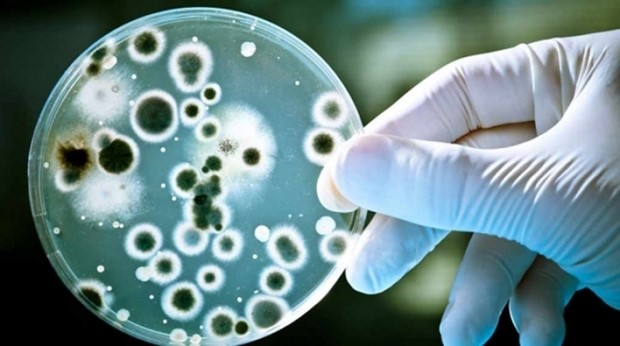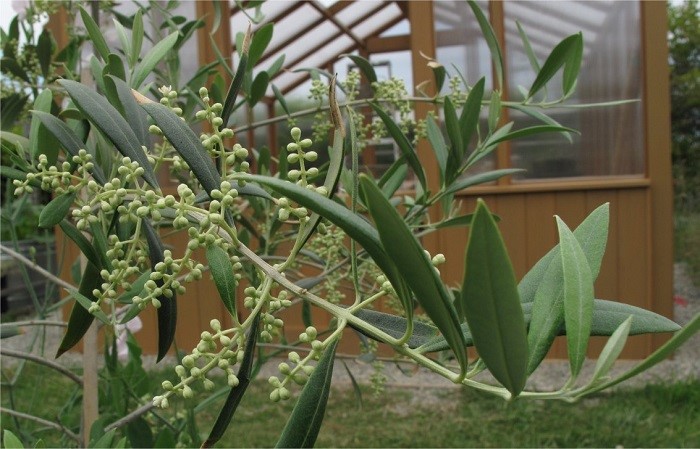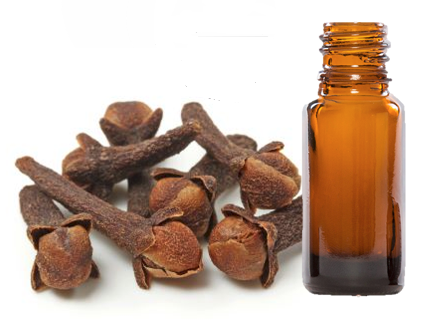What is Candida?
Candida is used to describe yeast overgrowth in the body, in short. Like their cousins, the molds, they live around us and within us.
Well, the Candida actually resides in our body. Candida albicans can be found on our skin, in our digestive tracts and for women, in the vagina. Theoretically, the good bacteria in our gut crowd out the yeast and bad bacteria so that the environment remains healthy, while our immune system is the police that keeps out the offenders.
However, the very presence of Candida can be compromised by a state of immunodeficiency induced by diabetes, taking birth control pills, using antibiotics, pregnancy, excessive intake of sugar, chemotherapy, which disrupt the balance of the bacteria and permits the Candida cells to grow rapidly and overwhelms the good bacteria. They are capable of invading, distorting the protective intestinal mucosa, causing disruption to its absorptive capacity, thus allowing antigens (protein molecules), toxins or cellular by-products to enter into the blood stream and diffuse throughout the body, leading to what we call the leaky gut syndrome. Chronic and often undetected, candidal infections are regularly associated with symptoms linked to every system of the body.
One aspect of this is the food allergies. Candida can create foods allergies over time. Our ever-watchful immune system spots the presence of antigens etc and proceeds to construct an antibody to protect us from it. This “antigen/antibody” relationship results in an increasing number of food allergies. Food allergies meanwhile not only produce their own unique health problems, but can also mimic most of the degenerative diseases such as RA. Because of the close similarities of symptoms of Candida with RA, there are cases where patient who suffered only from Candida being ‘diagnosed’ as RA and proceeded to be prescribed damaging Methotrexate. Another reason for the mis-diagnosis being that systematic Candida is not widely accepted as a condition by itself, and hence, the blame goes to the disease known by the name of RA.
The specific yeast, Candida Albicans, is said to possess 6 known switching mechanisms and 7 viable forms, the last being a cell wall deficient form. This microorganism is able to change shape and function according the surrounding environment, say from acid to alkaline; hence, permitting it to survive in new environment. This is perhaps the best explanation for question why so many people with Candida never get well and why there is often a constant return of the organism after what appears to be a ‘cure’ takes place. As a species, Candida, very much like us, wish to survive and ‘learn’ how to survive for millions of years.
Additionally, there are 79 different toxins released by the metabolism and die-off of Candida. This is why people with yeast overgrowth often feel so lousy as the Candida toxins are regularly entering their bloodstream.
This information and the listings below were sourced from: Candidahub
Disclaimer:
We are obliged to notify you that the information on this website is solely for informational purposes. IT IS NOT INTENDED TO PROVIDE MEDICAL ADVICE. Neither the Editors of Doctors Across Borders NPO t/as Doctors Beyond Medicine, the author(s) nor publisher(s) take responsibility for any possible consequences from any treatment, procedure, exercise, dietary modification, action or application of medication which results from reading or following the information contained in this information. The publication of this information does not constitute the practice of medicine, and this information does not replace the advice of your physician or other health care provider. Before undertaking any course of treatment, the reader must seek the advice of their physician or other health care provider.






























